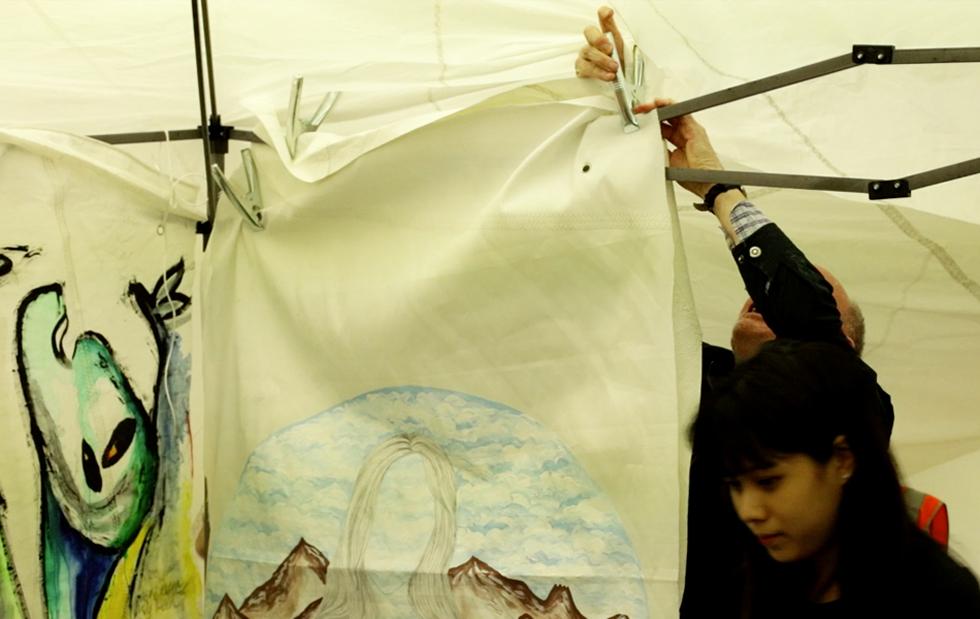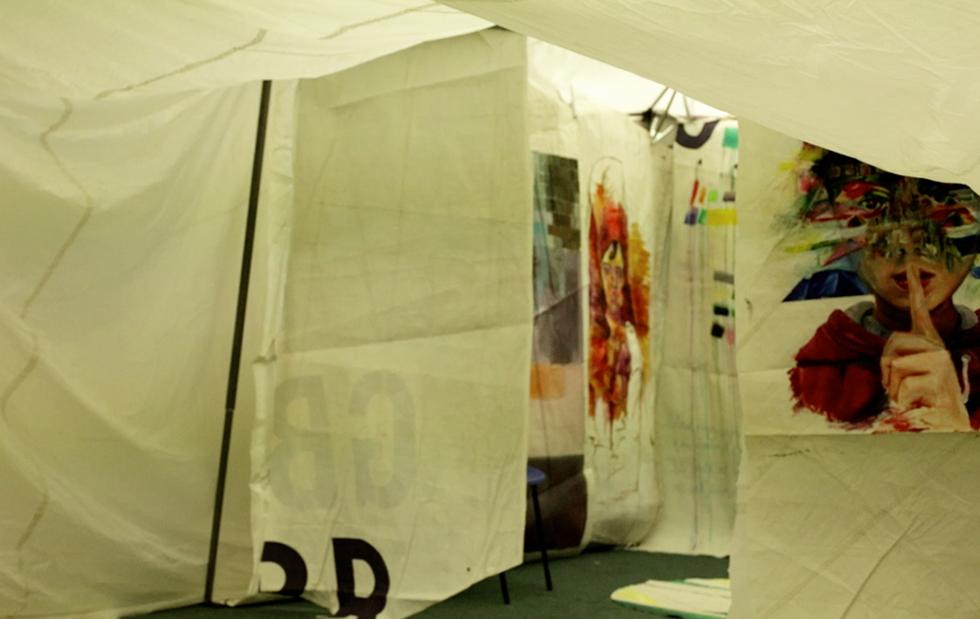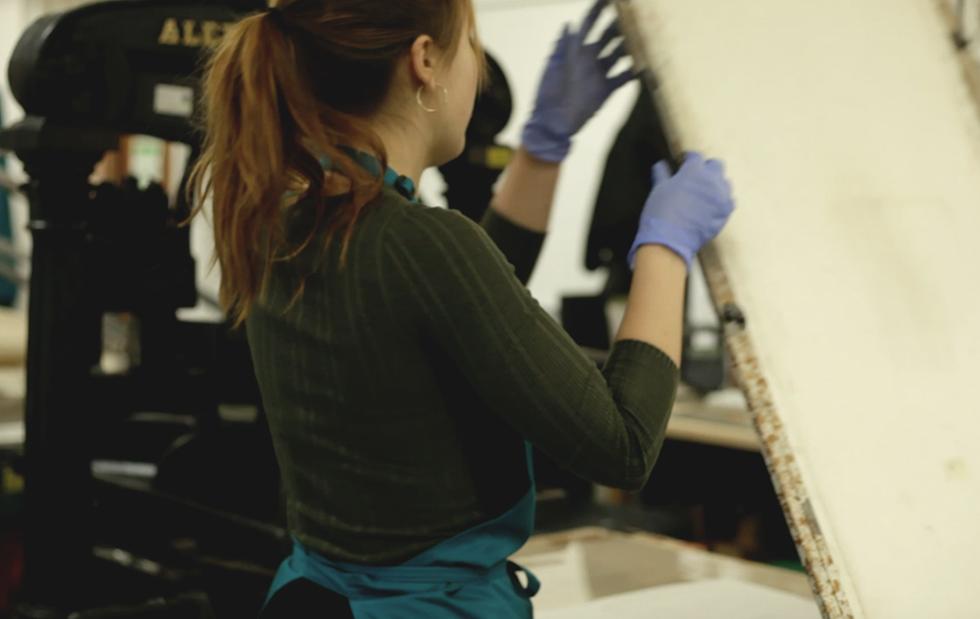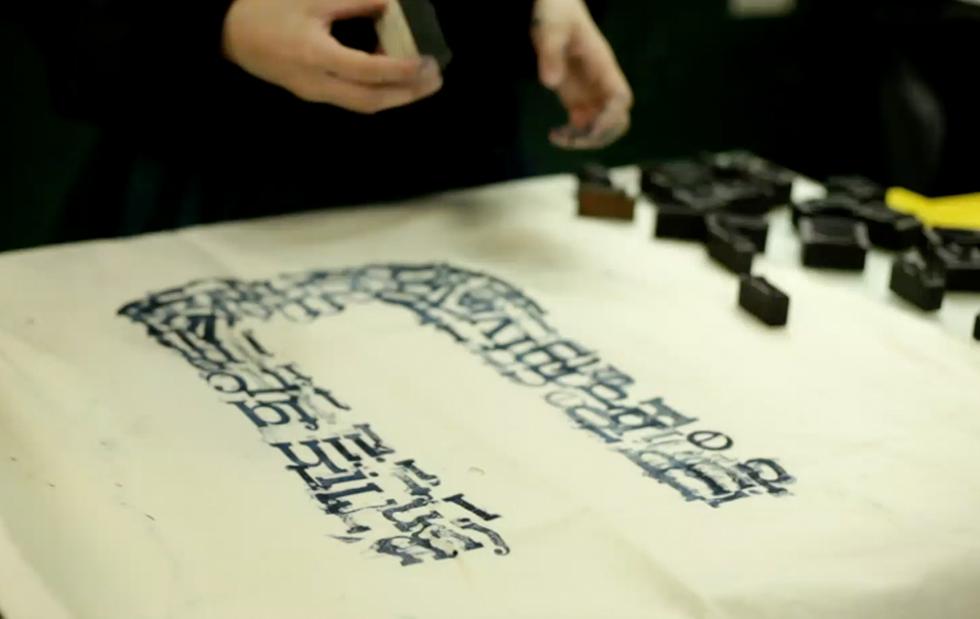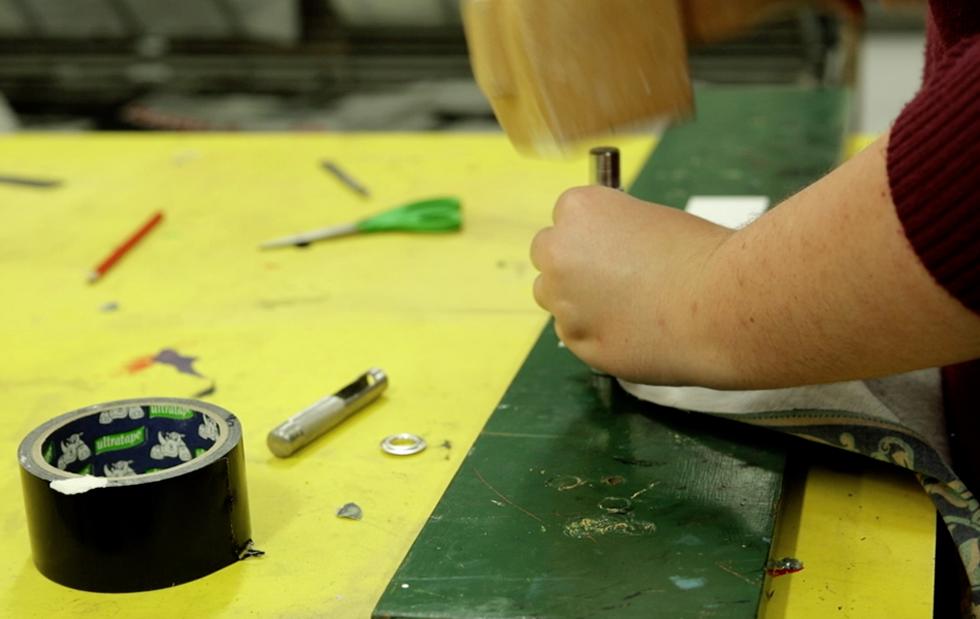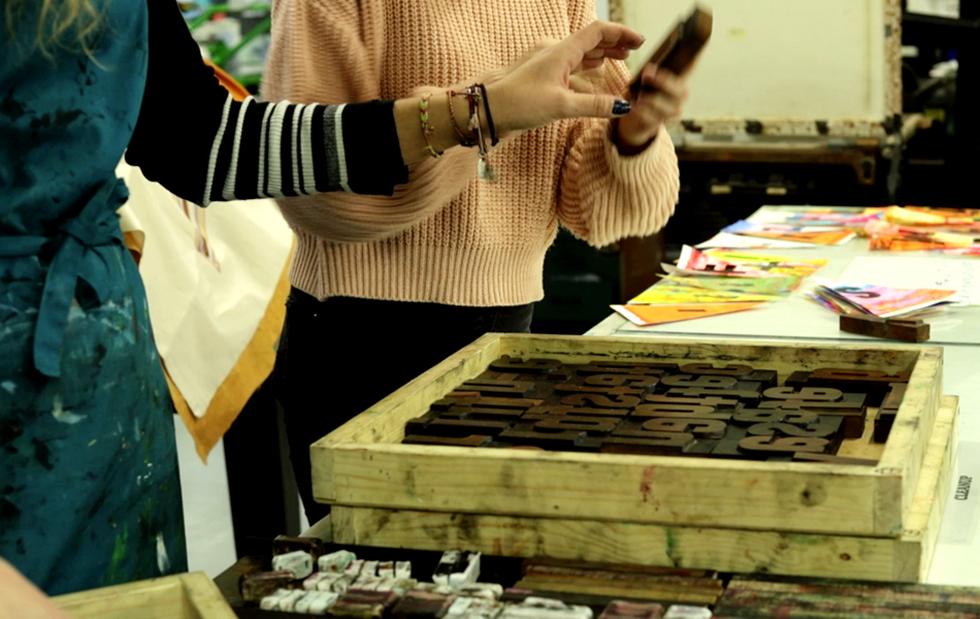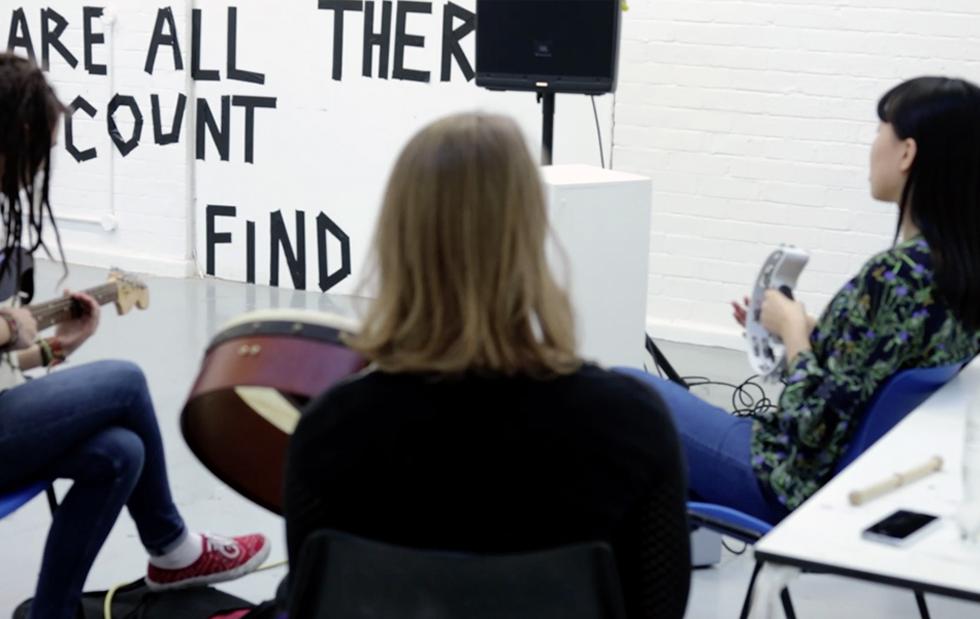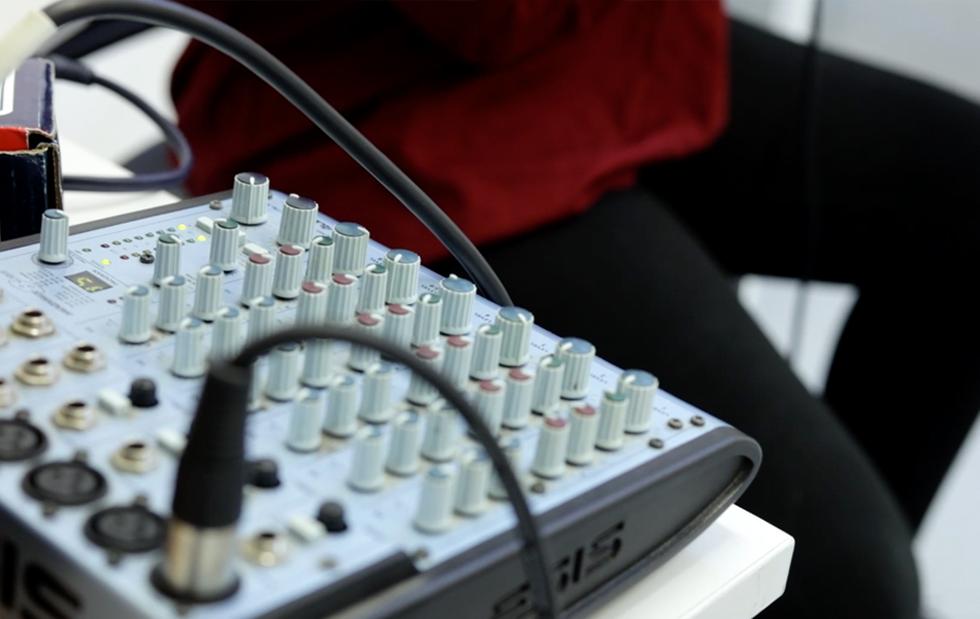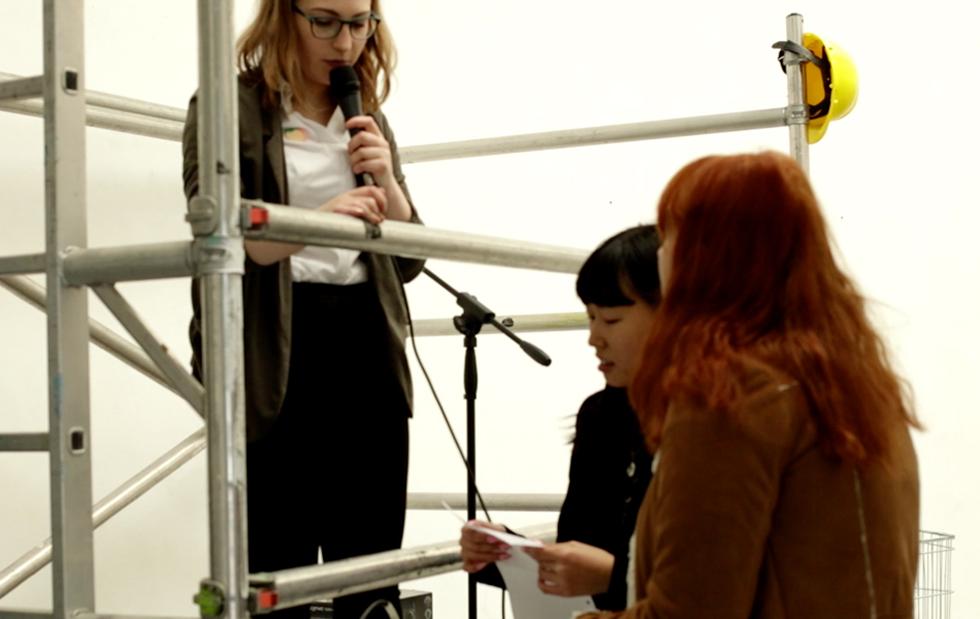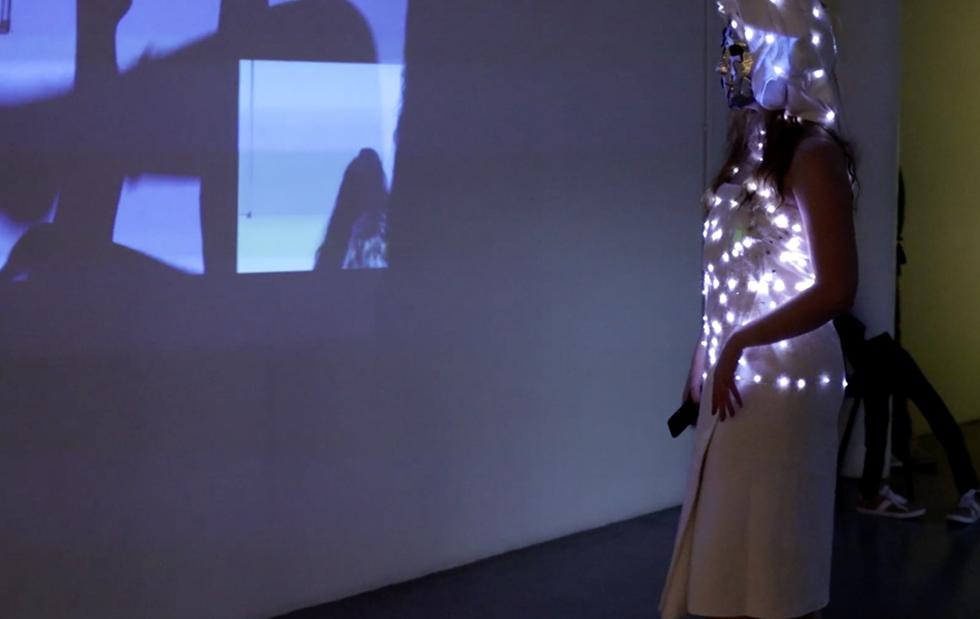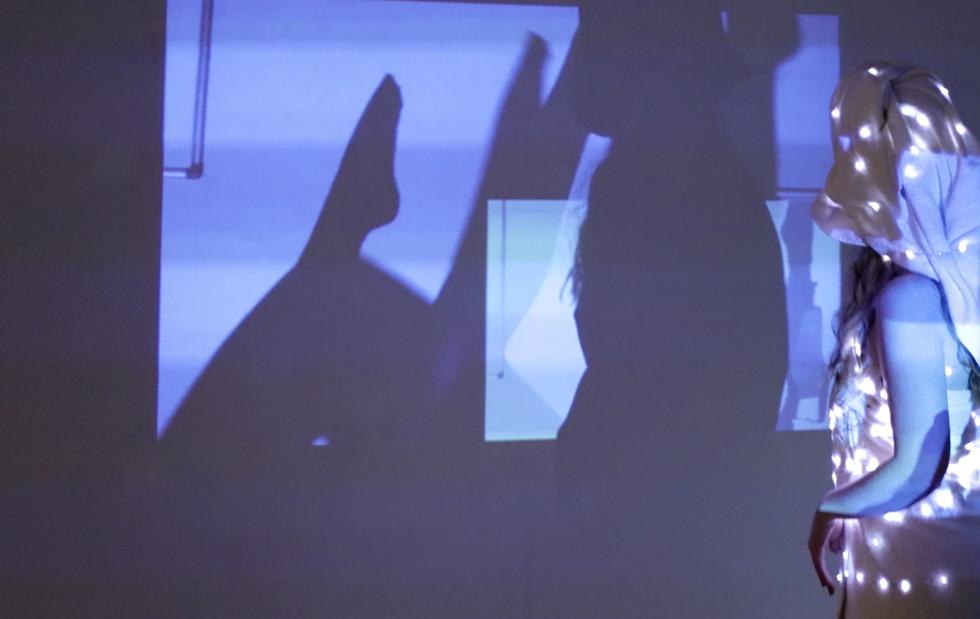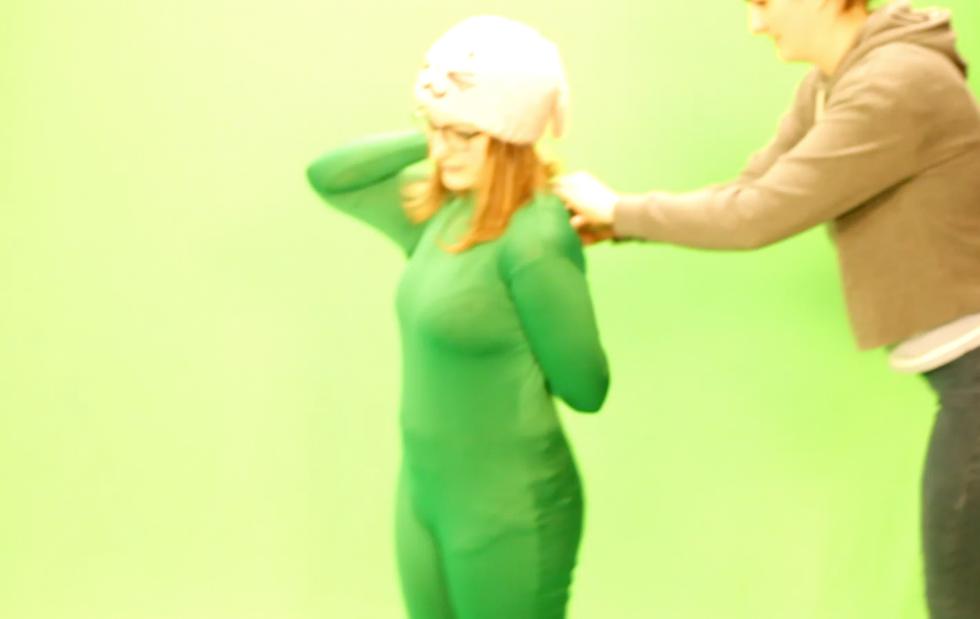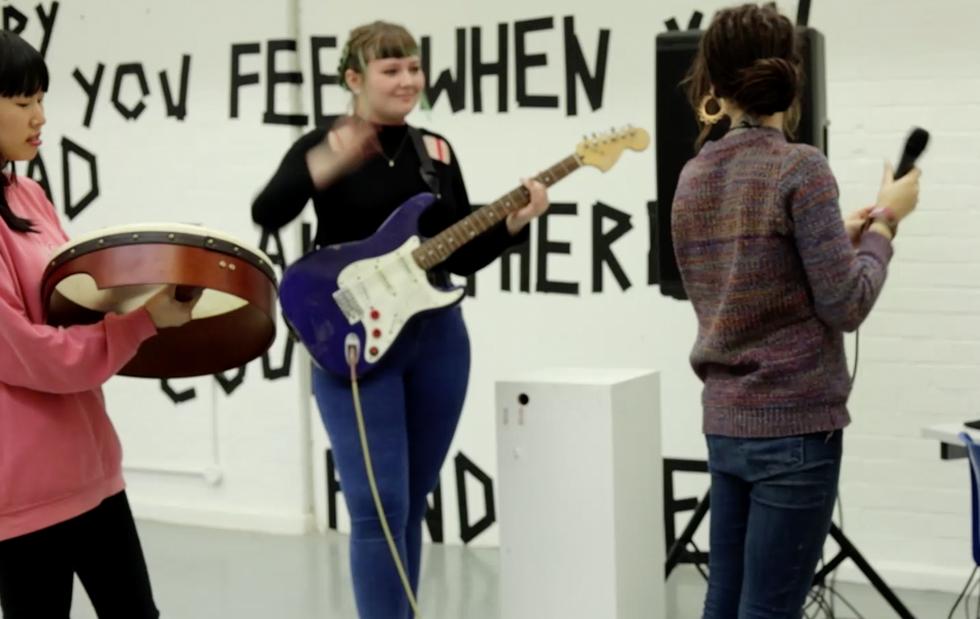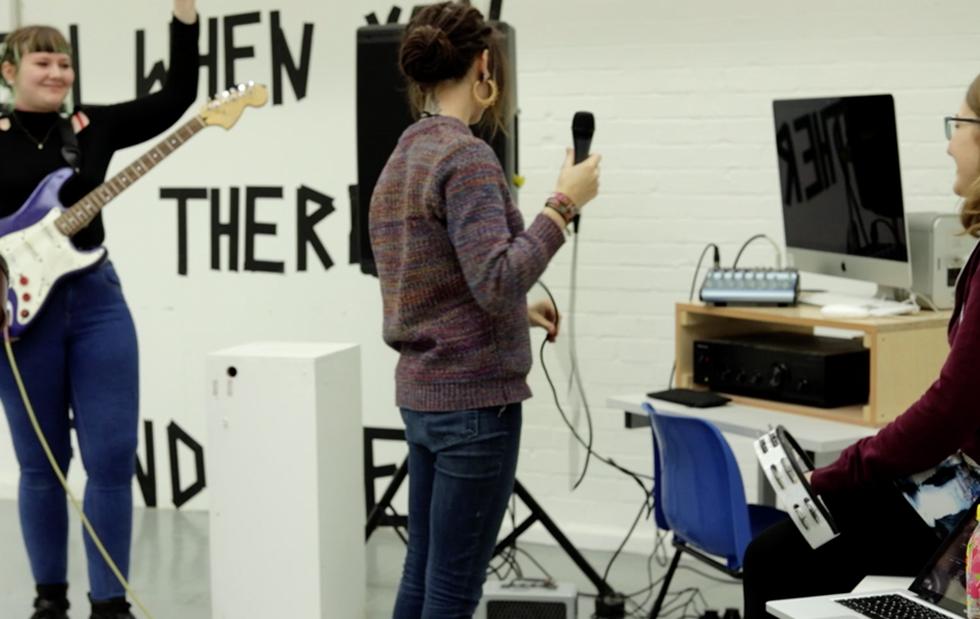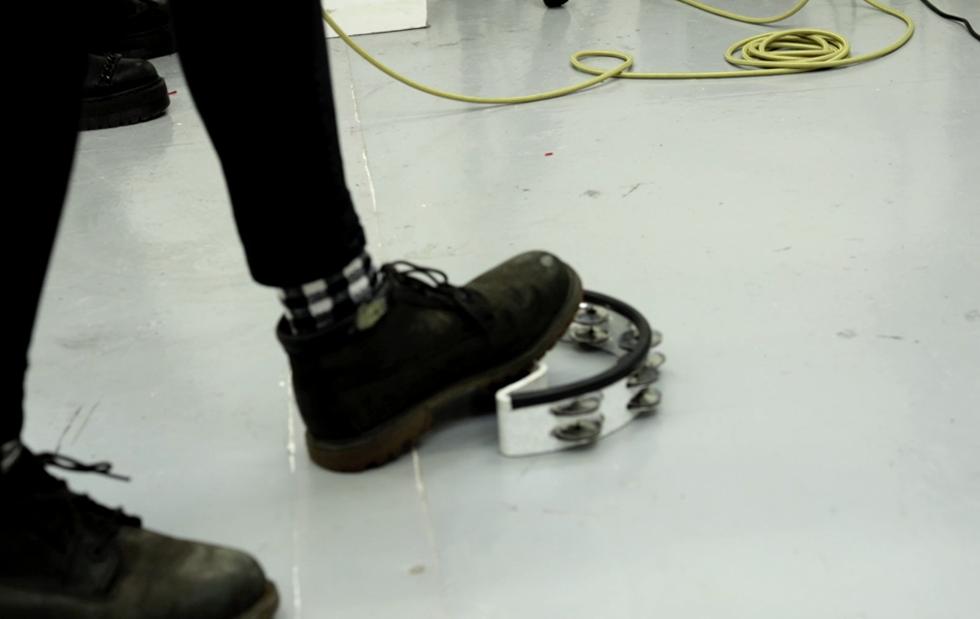The sculpture studio
A signature artwork of the first edition of the Kochi Biennale was Subodh Gupta 'What does the vessel contain - that the river does not’. The sculpture students used this artwork for a shared project, to re-make the work. In itself, the work is a ‘democratic’ piece: it is about the everyday, about movement of people, of place,the flow of life eand so on. As an object and in relation to its installation at the Biennale, Gupta’s work speaks to Tate’s theme of ‘production’. It is a laboured process, and offers multiple ways of thinking, be it material, conceptual and historical, as well as being about process and about placement . The fact that Gupta's boat is filled with items also presents an opportunity to extend the work within the space of Tate in a participatory way - to allow visitors to contribute to the filling of the boat.


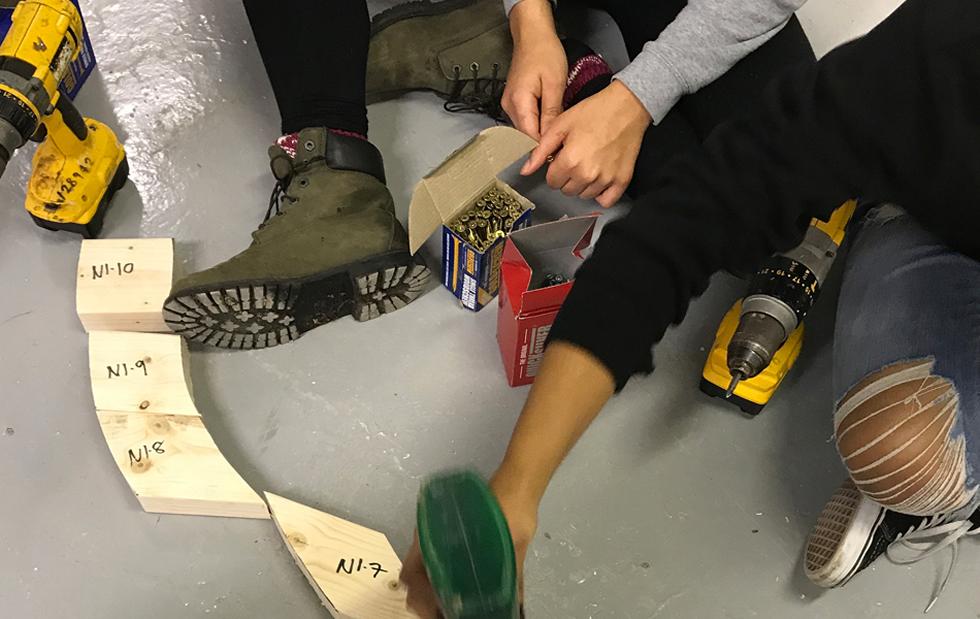
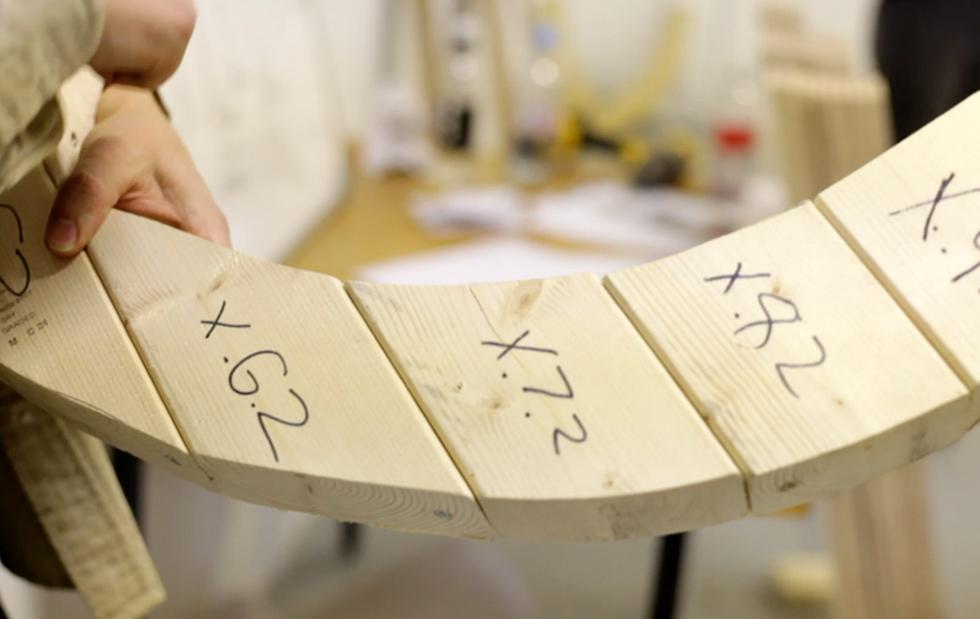
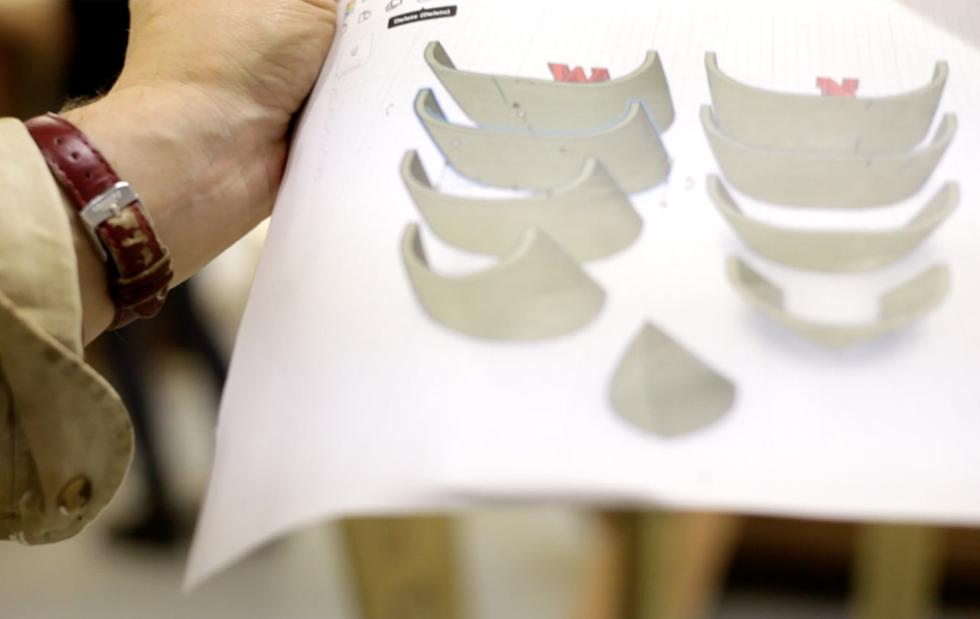
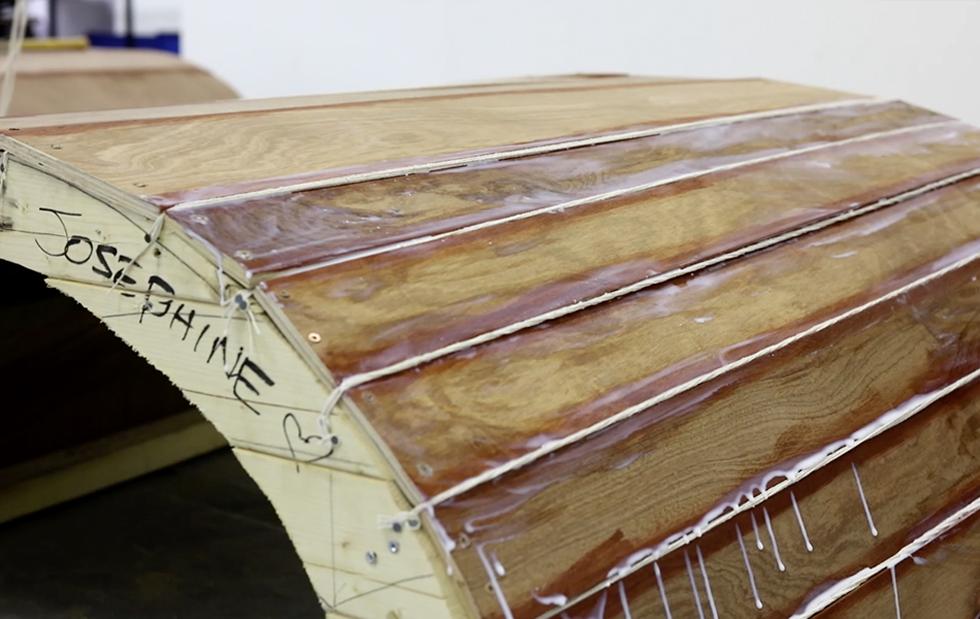
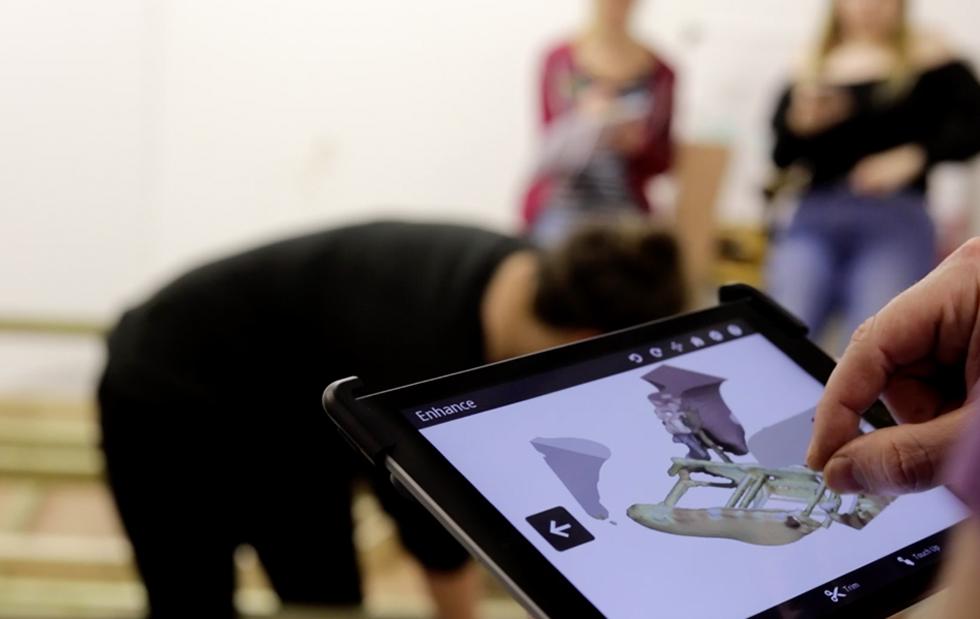
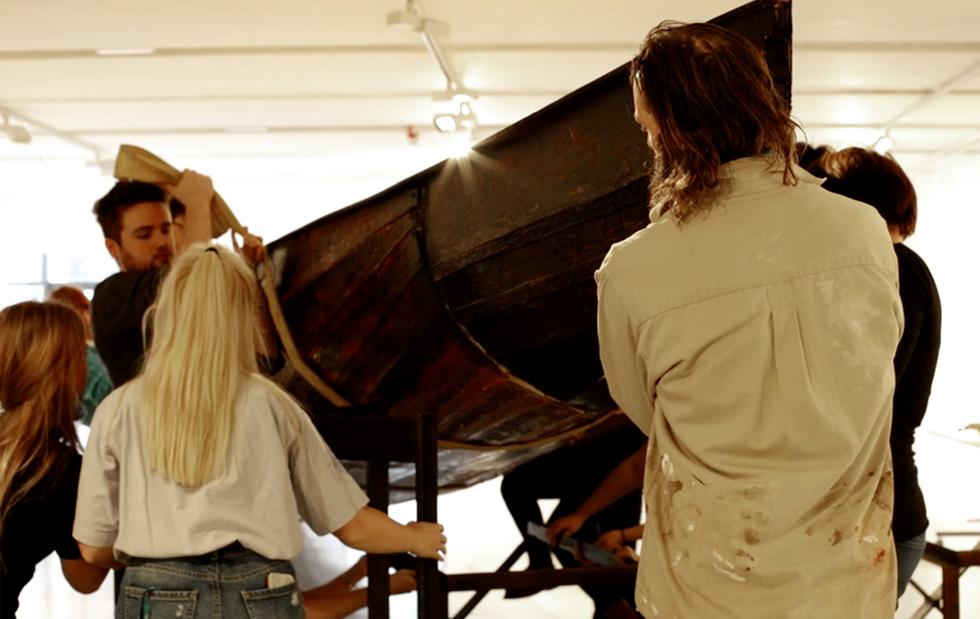
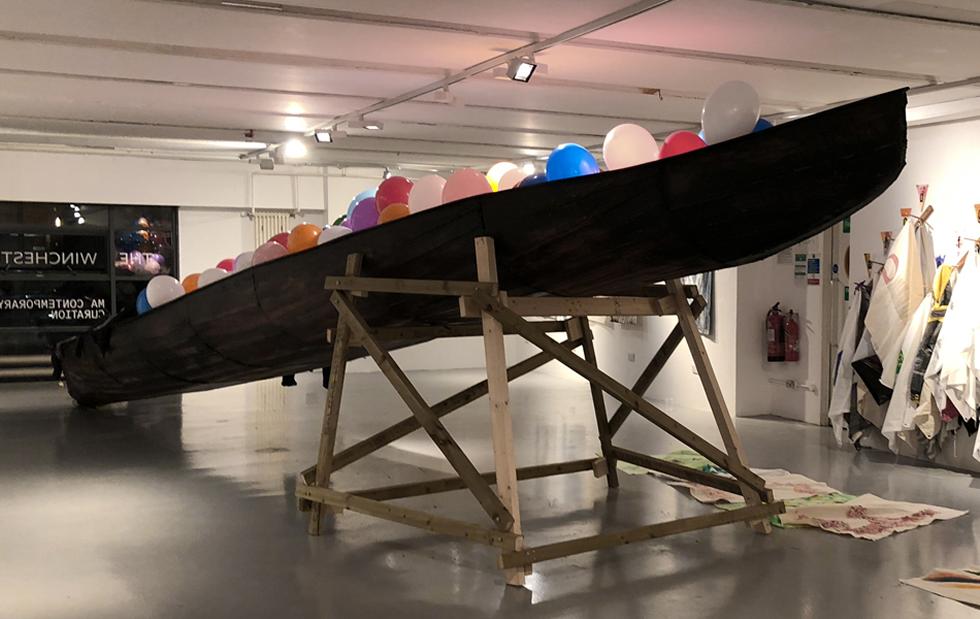
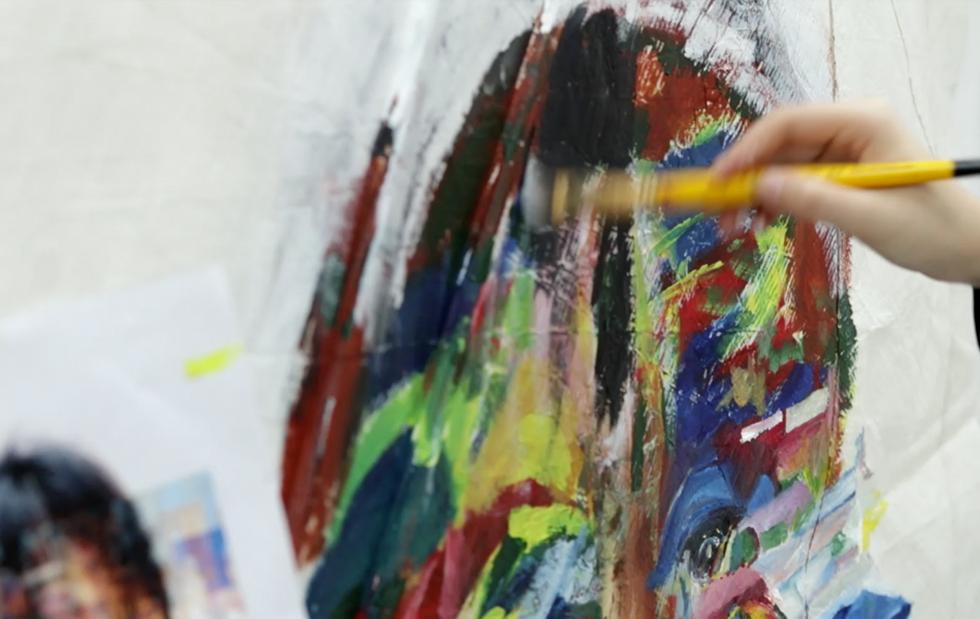
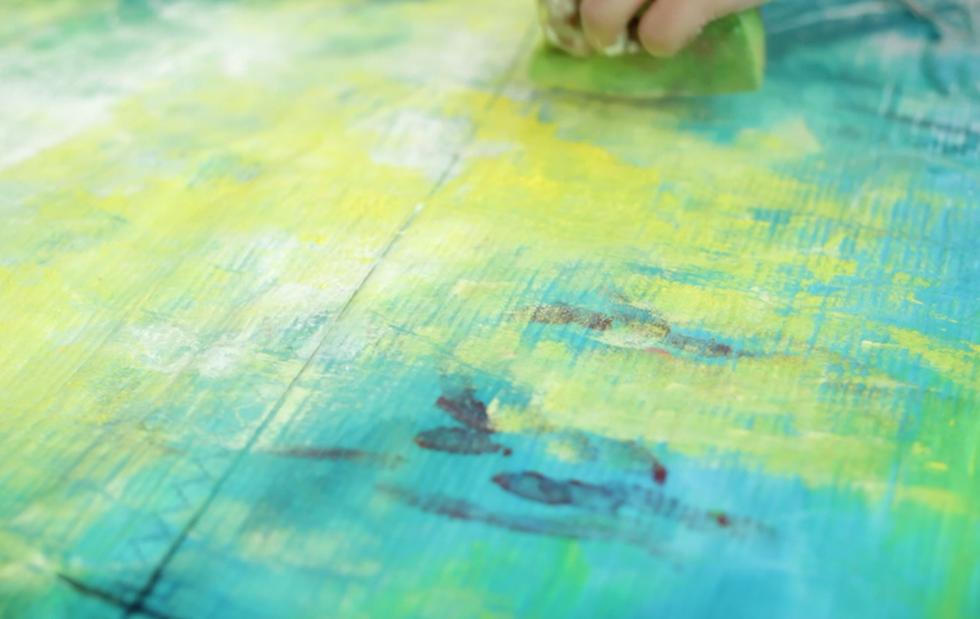

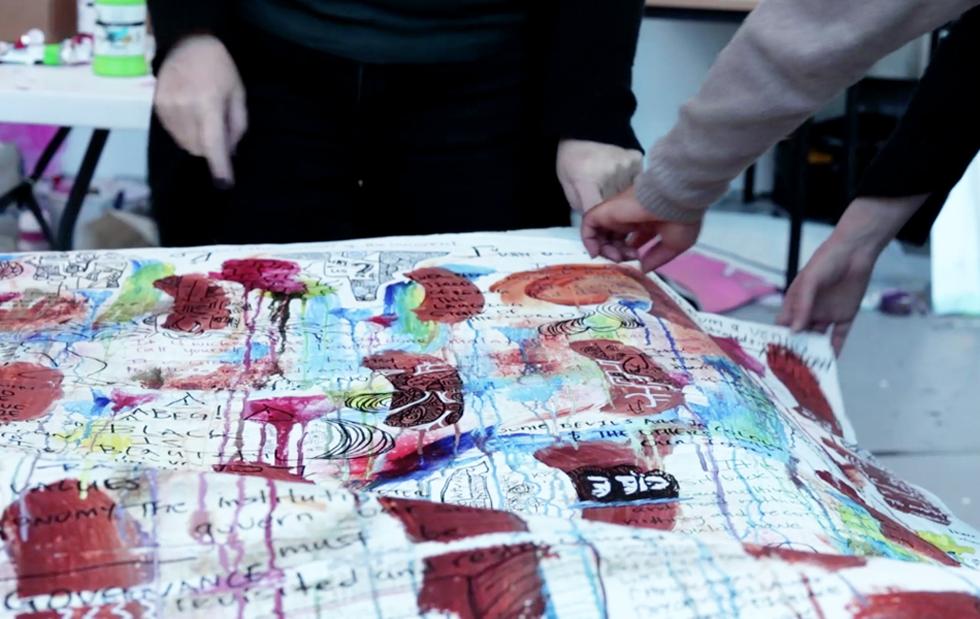

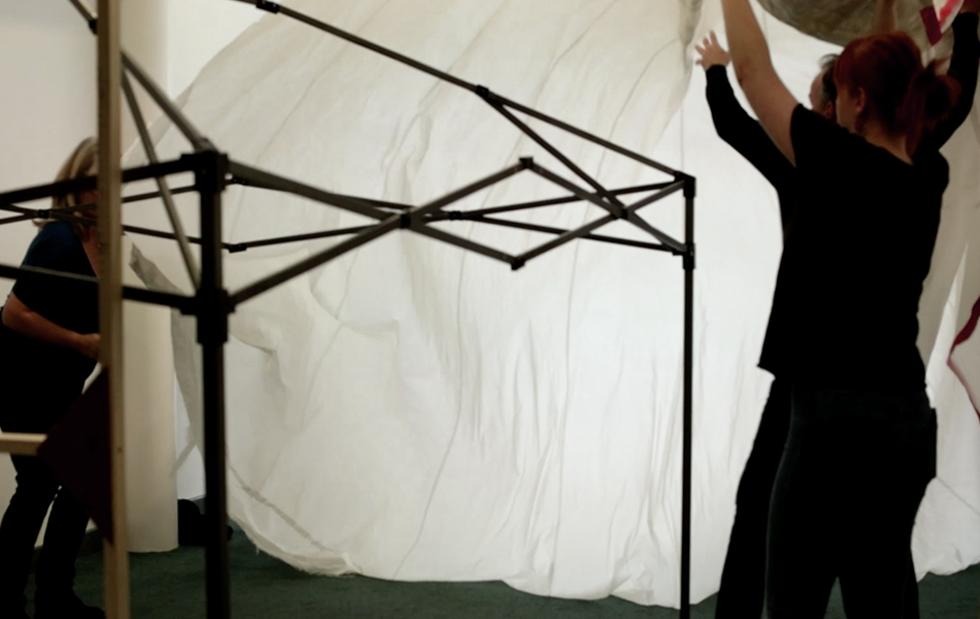
.jpg_SIA_JPG_fit_to_width_XL.jpg)

